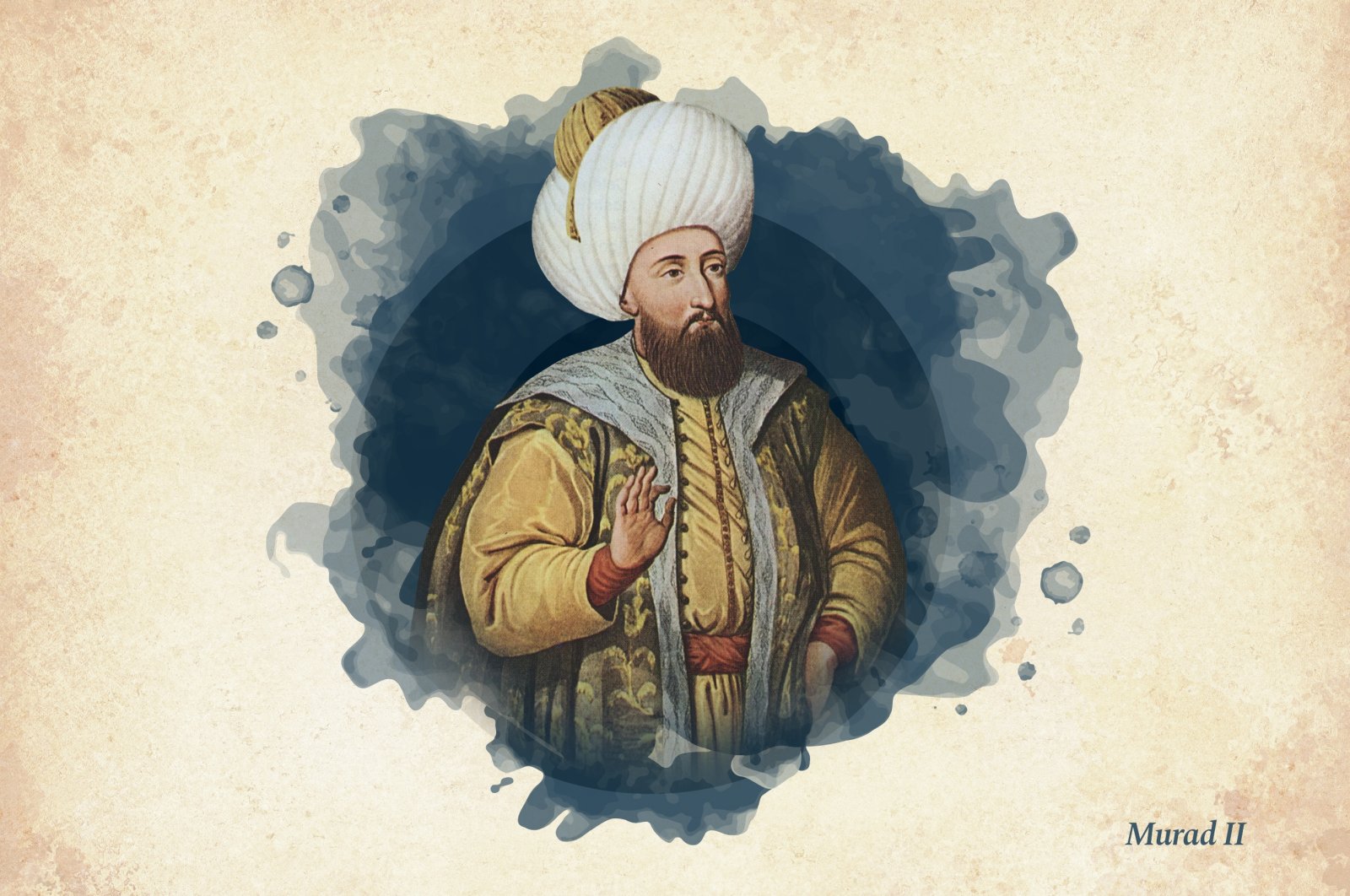
MIGHTY SOVERINGS OF THE OTTOMAN THRONE: SULTAN MURAD II
Following the reign of Sultan Mehmed I, also known as Mehmed Çelebi, Sultan Murad II ascended to the Ottoman throne. Şehzade (prince) Murad II was born in 1404 as the son of Sultan Mehmed I and Emine Hanım, who was a princess of the Anatolian beylik (principality) of Dulkadir. His father placed such emphasis on his education that he studied classical sciences at the level of a scholar.
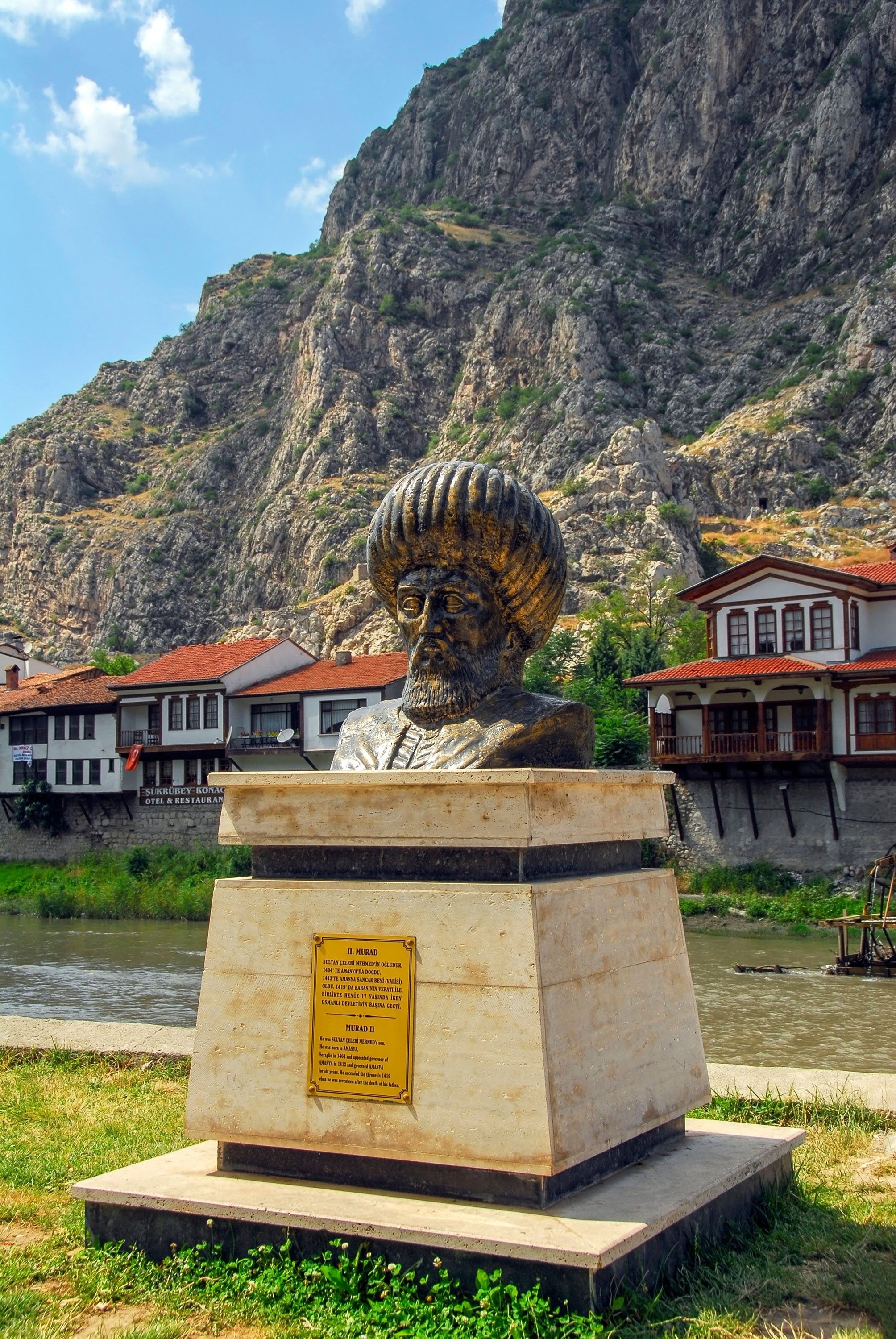
When he was 12 years old, he was sent to Amasya as a sanjak bey (governor) in line with the custom. During his time here, Şehzade Murad took Samsun from the Genoese and suppressed the rebellion of Börklüce Mustafa, which put forward ideas that could be considered the pioneer of communism. When he came to Edirne after his father's death in 1421 and took the throne at the age of 17, he found some unfinished political problems waiting for him.
Neither like his grandfather nor like his son
Claiming that he was a son of Sultan Bayezid I, also known as Bayezid the Thunderbolt, and gaining the support of the Byzantine Empire, Düzmece Mustafa, also called Mustafa the Impostor, declared his sultanate in Rumelia. After defeating this impostor, Sultan Murad II benevolently forgave the Rumelian beys who had been deceived by him – but he did not forgive the Byzantine Empire, which followed a hypocritical policy in this event, so he besieged Constantinople.
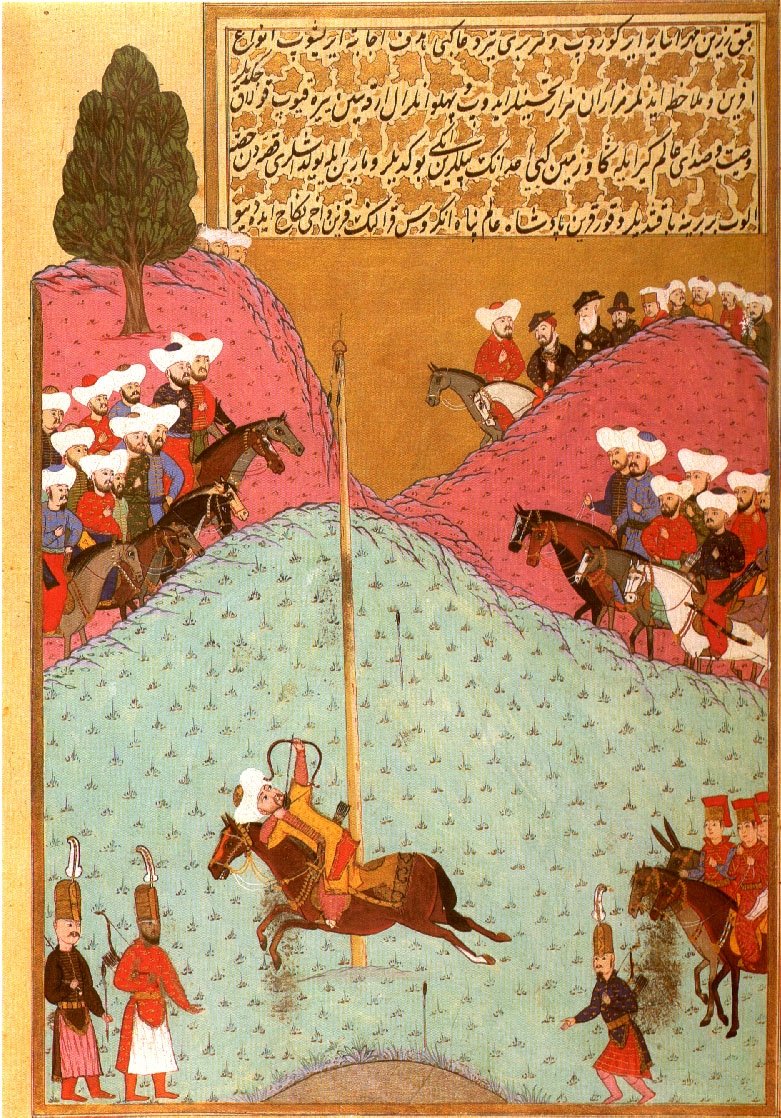
Alarmed by the sixth and most severe siege so far by the Ottomans, the Byzantine Empire encouraged 12-year-old Şehzade Mustafa, Sultan Murad II’s brother that was the governor of Hamid province (corresponding to modern day Antalya), to revolt. When the city was about to fall, the sultan lifted the siege in return for the tax payment of the Byzantine Empire and advanced on his brother. Şehzade Mustafa, whose men were beguiled by the boy's charms, was caught and executed, and the revolt was quelled before the situation became graver in 1423.
In the following period, the sultan's policy for the Byzantine Empire was friendly and lenient, as he understood that Europe, which had avoided a serious action against the Ottomans, would become united against them when the Byzantine Empire was suppressed. The sultan's viziers, who shared the same approach, would later come into conflict with Sultan Mehmed II, who ultimately suppressed and conquered the Byzantine Empire after his father Sultan Murad II’s reign. Sultan Murad II was cut from the same cloth as his father. But he was different from his grandfather, Sultan Bayezid I, and his son, Mehmed II, also known as Mehmed the Conqueror.
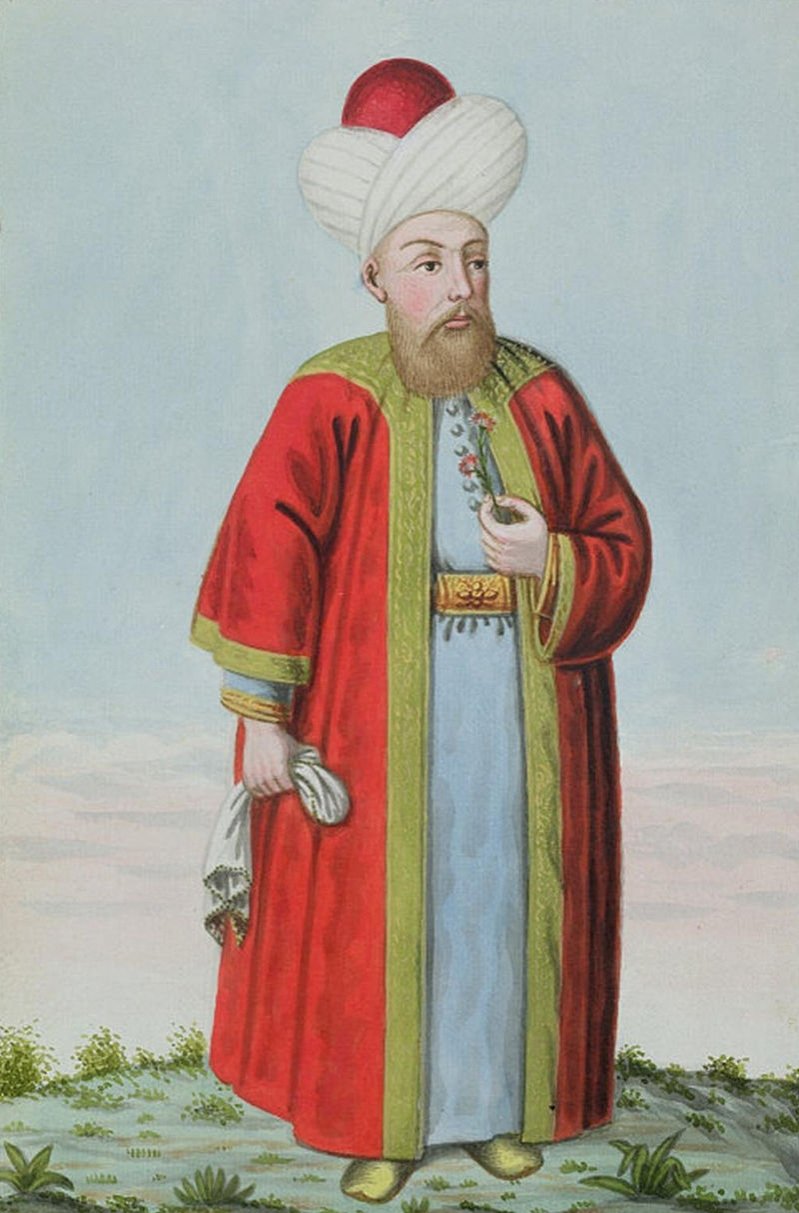
Policy of friendship
Sultan Murad II advanced on the Anatolian beyliks who had taken advantage of the turmoil to occupy Ottoman lands. The Anatolian beyliks of Teke, Menteşe, Isfendiyar and Aydın were affiliated with the Ottoman Empire as eyalets (provinces). The bey of Germiyanids, who did not have a son, also bequeathed his lands to his nephew Sultan Murad II after his death in 1428.
After achieving peace in Anatolia, the sultan moved to Rumelia. The Hungarian-German army, which crossed the Ottoman border in 1426, was defeated. Meanwhile, the alliance of the new Serbian despot, who was enthroned without the sultan's approval, became the cause of the Ottoman-Hungarian conflict that would last 25 years.
The Hungarian king, one of the most powerful rulers in the world, invaded Serbia but was defeated by an ordinary Ottoman sanjak bey in the Siege of Golubac, in which Sigismund of Bohemia – also known as Sigismund of Luxembourg – was killed in 1428. Wallachia, and then Serbia and Bosnia again recognized the suzerainty of the Ottomans.
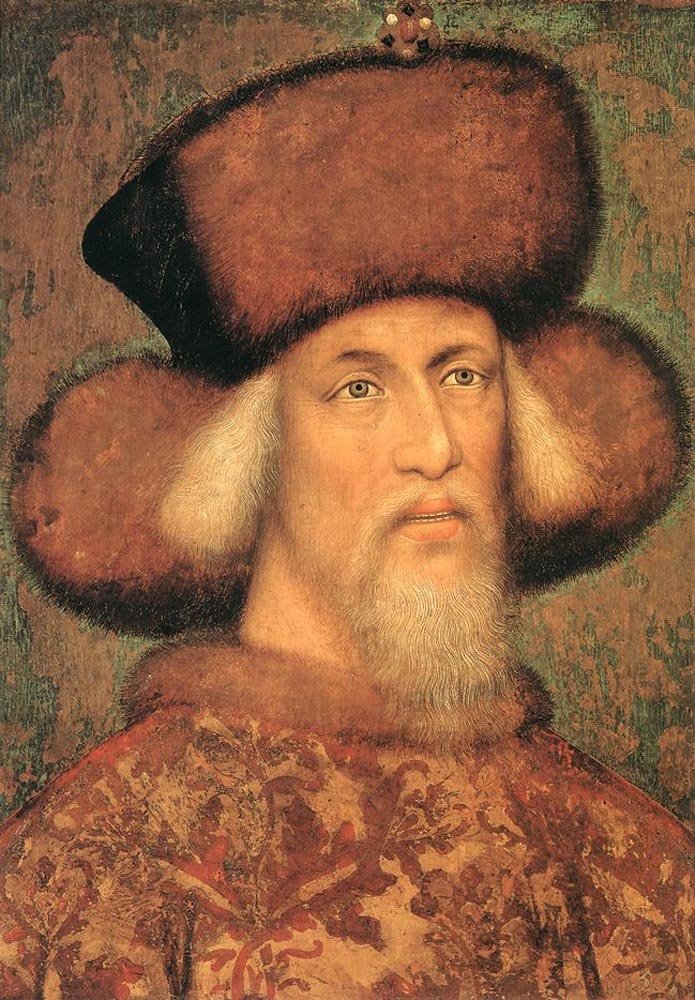
In 1429 and 1435, Emir Timur's (Tamerlane) son Shah Rukh made two expeditions to the West. This gave hope to the Ottoman enemies. But Sultan Murad II never thought of opposing Shah Rukh. He was always careful to get along well with him, so Shah Rukh did not stay in Anatolia but returned to his own lands.
Status quo should be maintained
The relations between the Ottomans and Venice were not good for 10 years. Venice made an alliance with the Hungarians. Salonica (Thessaloniki) was occupied by Venice; the Latin population began to settle in the city. The sultan regarded the change in the status quo in the Balkans as an infringement on his own law. Salonica, which had long been under Ottoman rule, was reconquered in 1430. The Venetian navy, disturbed by this conquest, sailed to the country of the Ottomans. However, they were defeated off the coast of Gallipoli, which led to peace between the two states. Meanwhile, the people of the city of Ioannina, which was in the hands of Venice, opened their doors to the Ottomans without a war.
Ibrahim II of Karaman, who was Sultan Murad II’s brother-in-law, made an alliance with the Serbians and Hungarians in 1432 and attempted to take their beylik's former lands back. The Ottomans were caught between two fires, and the sultan crossed into Anatolia and advanced on Karamanids. As usual, the Karamanid bey fled and sent his wife, who was the sister of the sultan, to redeem himself. The sultan did not want to quarrel with the Mamluks who protected the Karamanids. Besides, he had no affinity for war. Therefore, he accepted the peace and returned to Edirne in 1437.
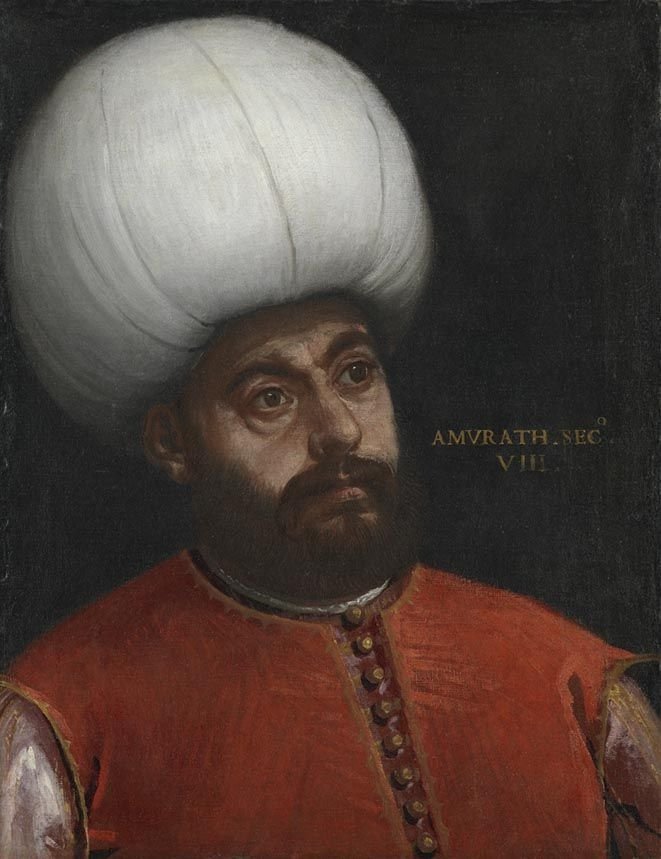
Sultan Murad II advanced on Serbia, made the Serbian ruler accept his suzerainty, and married the king's daughter, Mara. This woman, the leader of the Turkish supporters in Serbia, understood that the life of the Orthodox Serbian nation was possible under Ottoman rule. This is why she was later respected by his stepson, Sultan Mehmed II.
However, after the Serbian ruler did not keep his promise and found refuge in the Hungarian king, Sultan Murad II invaded Serbia. The Hungarian army that came to help the Serbians was defeated in Smederevo in 1438. The following year, Sultan Murad II besieged Belgrade, where the Hungarians lived at that time, but could not take it.
You attack from Rumelia, we from Anatolia
This failure of the siege of Belgrade emboldened the enemy. Ibrahim II of Karaman crossed the border and occupied the Ottoman lands. On the other hand, he sent a message to the pope and the King of Hungary-Poland and said: "You shall attack from there (Rumelia), and we advance on the Ottomans from here (Anatolia). Let's finish the Ottomans off. Then, Rumelia will be yours and Anatolia is ours.” It is very sad that the Karamanid bey gave the Muslim lands, which had been acquired at a great price over a century, to the enemy in this manner.
Serbian despot Durad Brankovic, together with Hungarian King Ladislas I and Voivode of Wallachia Vlad III – commonly known as Vlad the Impaler or Vlad Dracula – crossed the Danube and invaded Bulgaria. Meanwhile, the son of the former Albanian prince Gjergj Kastrioti Skënderbeu, known as Skanderbeg, who had previously entered the Ottoman service as a Muslim, rebelled by reconverting to Christianity. Just then, Sultan Murad II received the heart-wrenching news that his son Şehzade Alaaddin, who was the sanjak bey of Amasya, had died of the plague.
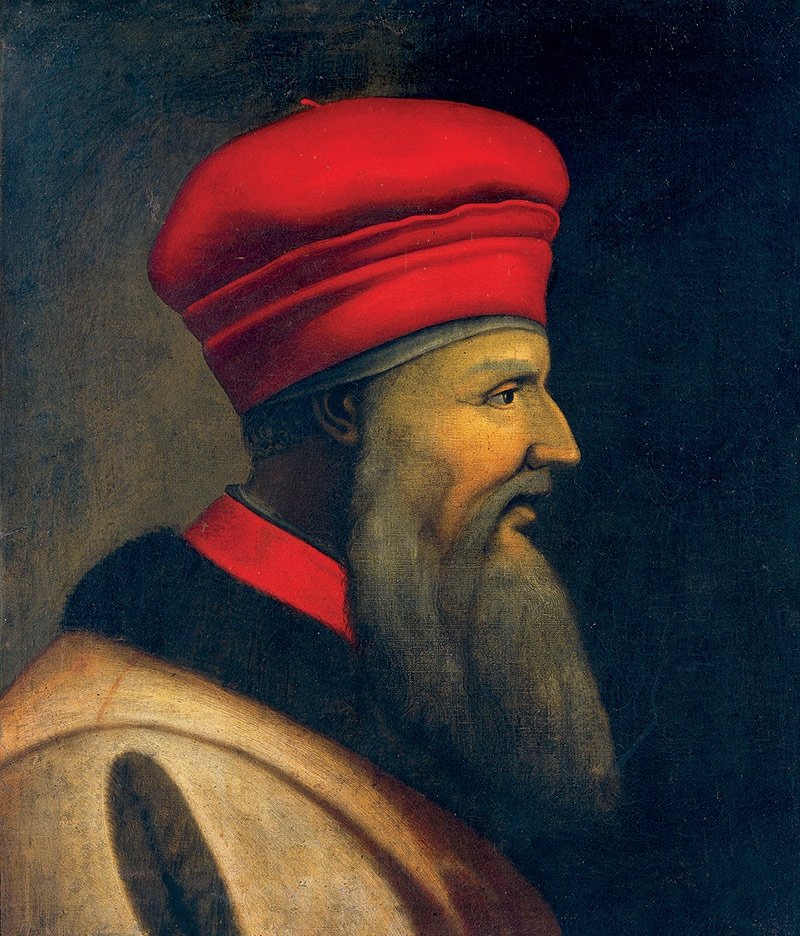
The Ottoman army was defeated in the Battle of Zlatitsa against Serbian Hungarian troops in the Balkans in 1443, and the Treaty of Szeged was signed. This agreement, which gave his former lands to the Serbian despot back, recognized the Ottoman rule in Bulgaria and Hungarian rule in Wallachia, obligated both parties not to cross the Danube for 10 years. Both sides swore that they would abide by the agreement in 1444.
Let me see my son’s reign while still alive
Ensuring the safety of Rumelia, Sultan Murad II passed to Anatolia and called upon scholars from each of the four schools of Sunni Islam. While he was fighting the non-Muslim enemy, he wanted to learn about the Shariah law on fighting the Muslim Karamanid Bey, who had stabbed him in the back. All of these scholars gave a fatwa that Sultan Murad II’s struggle against this ruler would be legitimate. The sultan's consultation to these scholars, three of whom lived in Cairo, was the work of a delicate diplomacy. Although the Mamluks supported the Karamanids, their misbehavior caused them to lose prestige in the Turkish-Islamic world and they were weakened by the constant struggle with the Ottomans.
In the aftermath, the Karamanid bey was in a panic and agreed to the deal. The peace-loving sultan did not want to fight and spill blood in Anatolia. For him, it did not matter whether these lands were in the hands of the Ottomans or the Karamanids. He believed that when the issues in Rumelia were resolved, Anatolia would fall into his lap like a ripe fruit.
The sultan, who ensured peace in Rumelia and Anatolia, was very sad about the death of his eldest son and was feeling guilty for his defeat in Zlatitsa. He said he wanted to see how his son will rule while he is still alive, and left the throne to his 12-year-old son, Şehzade Mehmed. He retired in Manisa and immersed himself in worship. This abdication of the throne, which is rare in history, astonished the world.
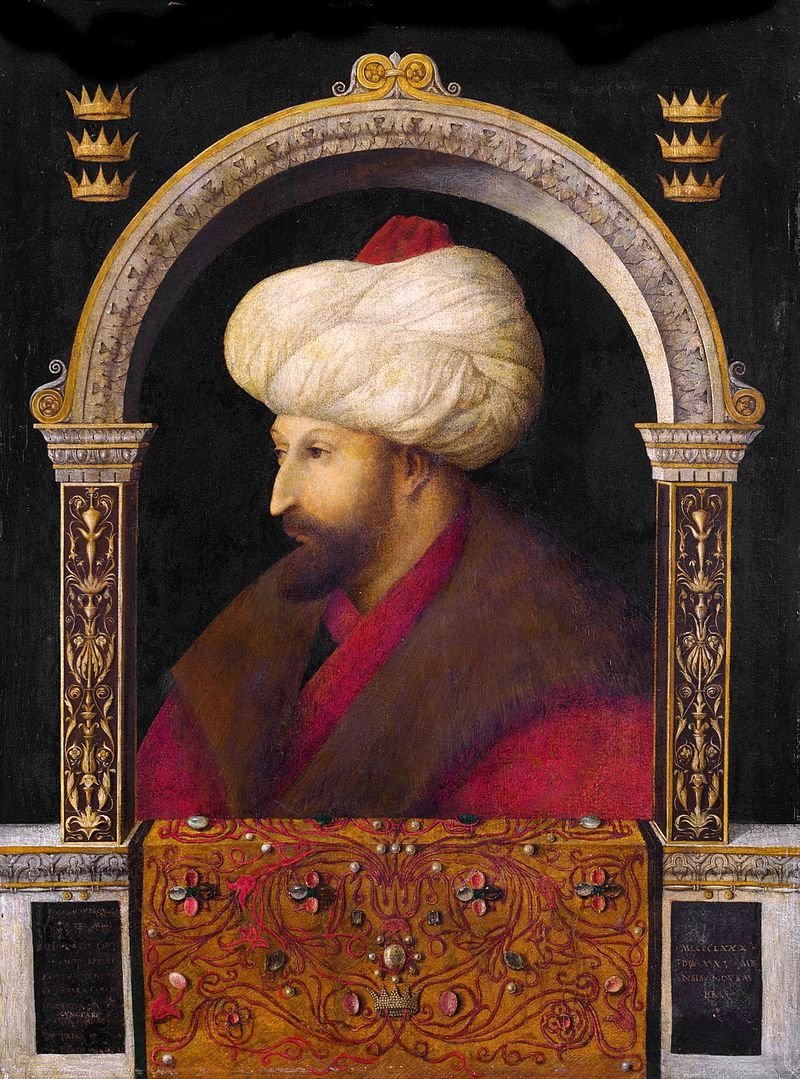
Dilemma
Karamanid Bey said to the Hungarian king: “The Ottoman sultan has lost his mind and left the throne to a child. Now it is an opportunity to end the Ottoman Empire.” With the encouragement of the pope and the Byzantine emperor, the Hungarian King broke his oath in the Peace of Szeged, saying: “It was not necessary to keep a promise made to an infidel!” An army of 100,000, consisting of Hungarian, Polish, Vlach, Italian, Czech, Lithuanian, Croatian, French and German soldiers under the command of John Hunyadi crossed the Danube. The Venetian navy also blockaded the Dardanelles.
However, the Crusaders repeated the mistake they made in Nicopolis. They oppressed the Orthodox where they passed and lingered too long in front of the castles. This gave the Ottomans opportunity and time. The Ottoman court of war decided that the former sultan should be called to the throne. The young sultan accepted this offer. He sent a letter to his father: “If you are the sultan, take the lead of your army. If I am the sultan, I order you to take the head of the army.” This phrase is a famous example of a dilemma in logic books.
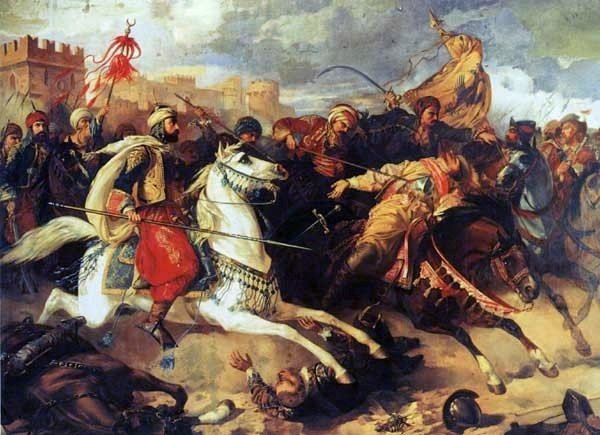
Sultan Murad II immediately led the army of 40,000 and defeated the Crusaders near Varna on Nov. 10, 1444. During the day-long battle, the enemy lost more than 65,000 soldiers and John Hunyadi ran away. When the sultan exposed the severed head of the deceased Hungarian King Ladislas and cardinal Julian Cesarini the Elder, who had provoked the Hungarian King into war, on a spear with a copy of the Treaty of Szeged next to them, the enemy was demoralized.
The Battle of Varna removed the traces of the defeat of Zlatitsa. Hungary and Poland were firmly separated from each other. This victory was celebrated with enthusiasm all over the Islamic world. Sultan Murad II's name was also mentioned in the Friday sermon in Cairo.
Don't let them get hurt because of me
After the victory, Sultan Murad II returned to Manisa again. However, the Janissaries revolted due to the reduction in the amount of silver in the money for meeting the budget deficit. Upon this first janissary revolt, Grand Vizier Çandarlı Halil Pasha demanded that the experienced former sultan be invited to the throne. Sultan Mehmed II reluctantly invited his father to the throne. Thus, Sultan Murad II ascended the throne for the second time in 1446.
Some Ottoman historians said that Murad II participated in the Battle of Varna as a commander, while others asserted his title as a sultan. According to this second claim, Sultan Murad II ascended the throne three times.
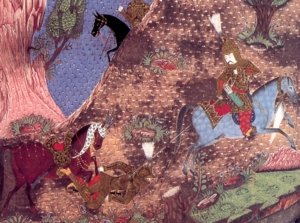
Sultan Murad II began to reap the fruits of victory in Rumelia. A second Crusader army, consisting of 90,000 Hungarian, Serbian, Czech and German soldiers that wanted to avenge Varna, was defeated in the field of Kosovo in 1448.
Before the battle, it is said that the sultan prayed: "O Lord, do not devastate Muslims because of my sins!" In the war that lasted three days, 17,000 Hungarians, including nobles, were killed, John Hunyadi, the infamous coward, ran away again. This war was the last battle that solidified the Ottoman presence in Europe.
My soldiers are not robbers
This dervish-like sovereign, who had lived without seeking his own comfort and devoted his life to battlefields and state issues, died either due to a cold or heart attack in Edirne in 1451 at the age of 47. His death was kept secret for 13 days until Şehzade Mehmed arrived from Manisa to Edirne and ascended to the throne. The deceased sultan was interred next to his son Alaaddin in Bursa in accordance with his will. His tomb's roof was left uncovered to allow rainwater to reach his grave.
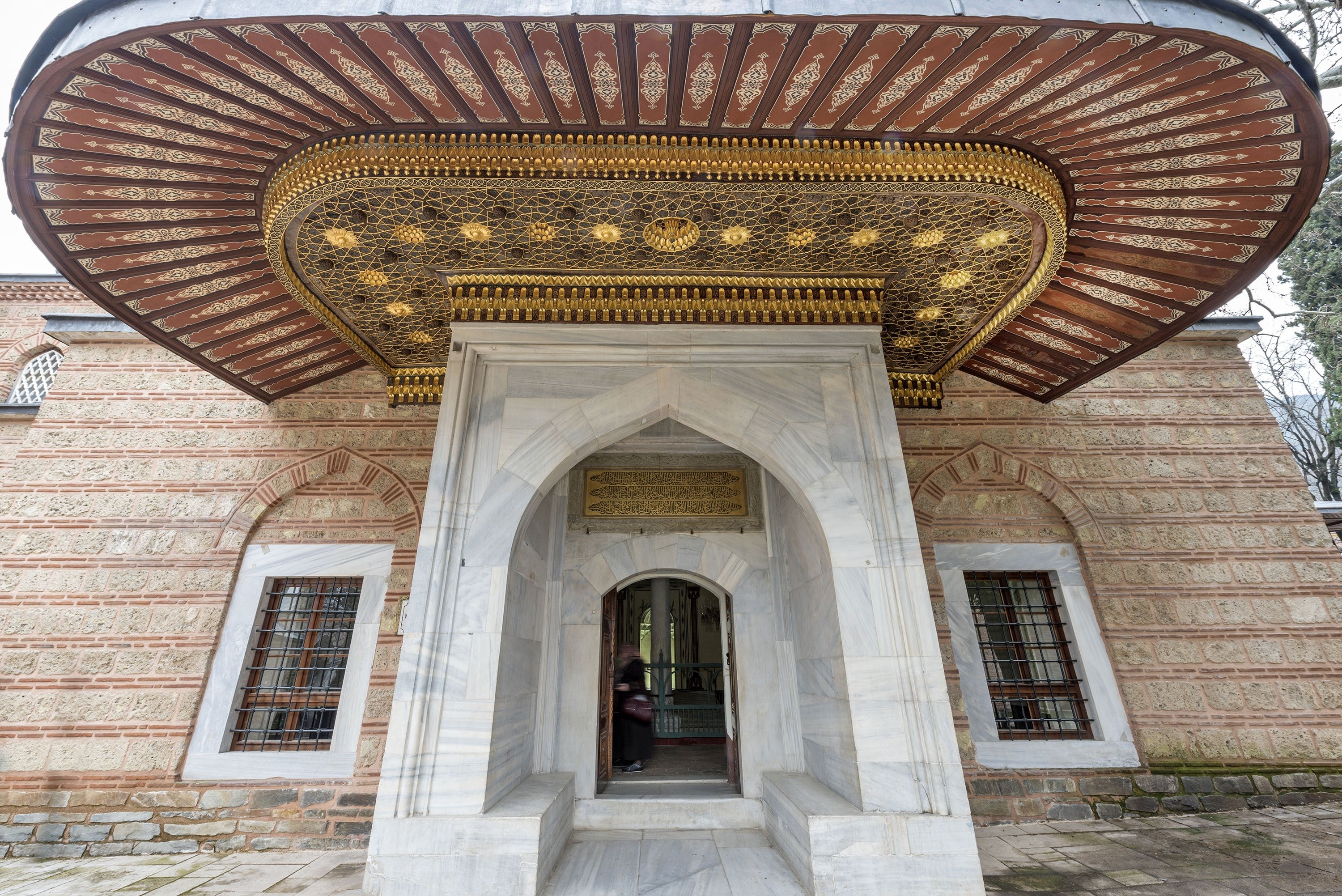
Sultan Murad is depicted as a refined and sensitive spirit, just and merciful in his disposition, honest and genial in both victory and defeat, but most of all brave and pious as a ruler. His empire was ruled as much by his tender heart as it was his calculating mind. When he was asked to levy taxes on a rich town, the sultan replied: "The state has three halal sources of income. Mines, booty and tributes. I can't feed my soldiers with haram, otherwise, they become "haramis" (robbers). Robbers end up bad."
The sultan was known as peace-loving and used to accept peace demands right away. He would not chase the enemy after a victory in a battle and ravage a nation. The state managed to survive because of his great victories that came through the defense of the country; thus allowing the subsequent warmongering sultans to establish a world empire.
Young and genius
Sultan Murad was known as a scholar, a poet and a music enthusiast. He increased efforts to translate literary works in Arabic and Farsi in an easily understandable Turkish, thus pioneering a literary movement called "Turkish romanticism" by Orientalists. Bursa and Edirne turned into global beacons of science and culture during his reign. The sultan was also interested in old Turkic culture and ordered the inscription of the tamga (seal) of the Kayı tribe of Oghuz, from which the Ottoman dynasty descended, just to spite Anatolian beyliks who looked down on him.
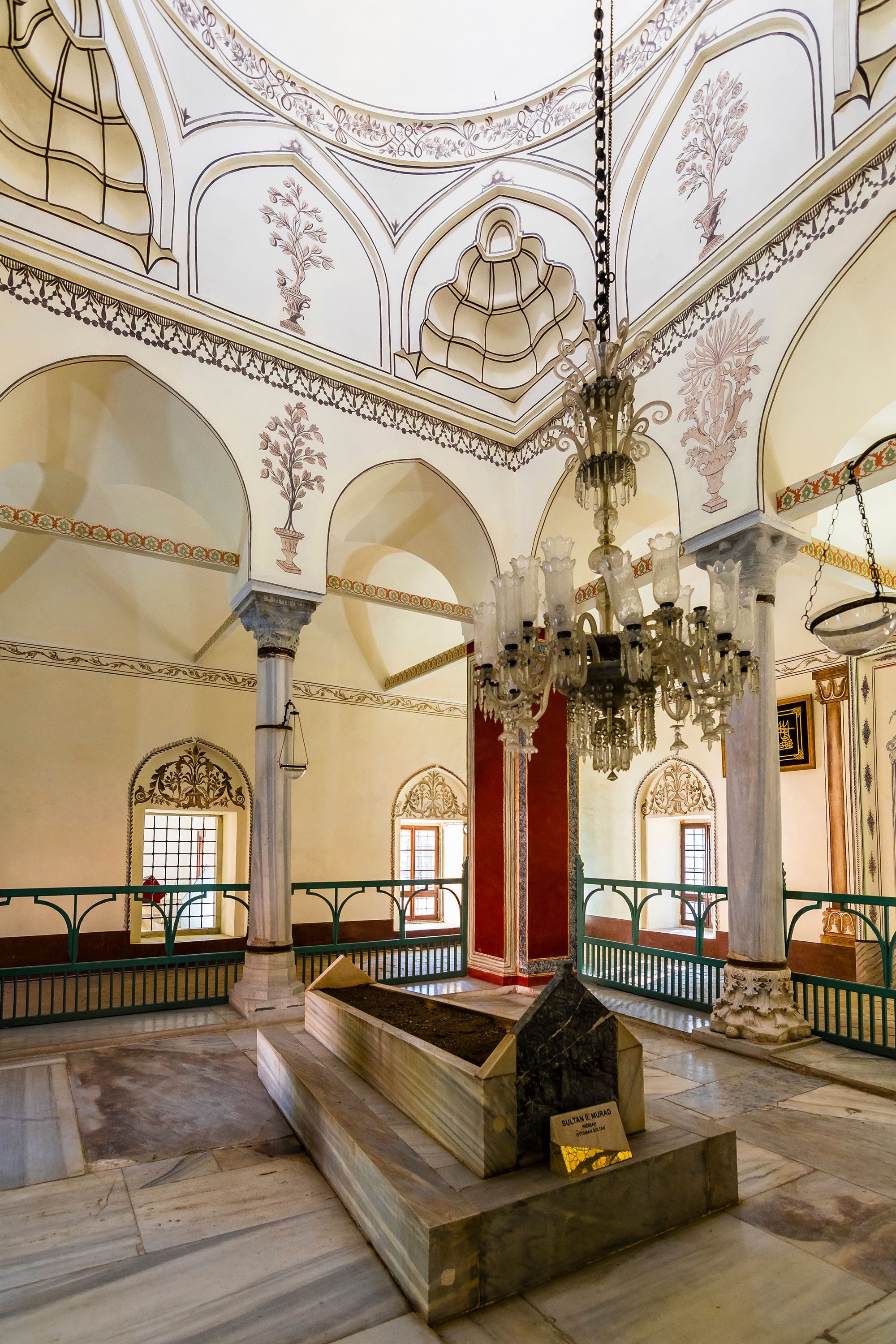
Sultan Murad was known as a patron of sciences and the arts. He was entertained by conversing with scientists on a wide range of intellectual matters. The sultan constructed two mosques, three madrassas, an imaret (soup kitchen) and a caravanserai in Edirne. He ordered a town called Ergene to be founded at the namesake forest that served as the hotbed of bandits. A 392-meter-long (1,286-foot-long) stone bridge was erected in this town, which has lent its name to the modern-day town of Uzunköprü (translates as "long bridge") and still stands over the Ergene River. The sultan endowed boats for people to cross in places without bridges. His son inherited a prosperous country.
During the inauguration of the Ergene bridge, the sultan held a feast and even distributed the food himself, showing that he was a man of the people. He used to distribute alms to the poor and send gifts to the poor in Mecca, Medina and Jerusalem. He endowed the income of a village in Ankara to the poor of Mecca.
Murad was described as a portly man of average height. His round face was set with piercing eyes above imperial cheekbones and a regal beard. He was dark-skinned. Almost all historians agree that he was a genius. As Joseph von Hammer-Purgstall describes: "(Murad) ascended to the throne as a youngster, as the likes of (Roman Emperor) Diocletianus and (Holy Roman Emperor) Charles V. But he had not lost his genius like them as his rule proceeded."
Önceki Yazılar
-
"WOE TO THE ENEMIES OF THE REVOLUTION!" What Was The People’s Reaction To The Kemalist Revolutions?2.07.2025
-
DEATH IS CERTAIN, INHERITANCE IS LAWFUL!25.06.2025
-
THE SECRET OF THE OTTOMAN COAT OF ARMS18.06.2025
-
OMAR KHAYYAM: A POET OF WINE OR THE PRIDE OF SCIENCE?11.06.2025
-
CRYPTO JEWS IN TURKEY4.06.2025
-
A FALSE MESSIAH IN ANATOLIA28.05.2025
-
WAS SHAH ISMAIL A TURK?21.05.2025
-
THE COMMON PASSWORD OF MUSLIMS14.05.2025
-
WERE THE OTTOMANS ILLITERATE?7.05.2025
-
OTTOMAN RULE BENEFITED THE HUNGARIANS30.04.2025